How do I get fit after 40 years old
Welcome to a new chapter in your fitness journey - where age is just a number and the determination to get fit after 40 is stronger than ever! Whether you're looking to boost your energy levels, improve your overall health, or simply feel confident in your own skin, this blog post is here to guide you through the transformative power of home workouts and healthy habits. Embrace the changes that come with aging and discover how you can not only maintain but elevate your fitness routine beyond what you thought possible.
Why getting fit is important at this stage of life
As we hit our 40s, taking care of our health becomes even more crucial. It's a time when our bodies start experiencing changes that can impact our overall well-being. Getting fit isn't just about looking good; it's about feeling strong and vibrant as we age.
Regular exercise can help maintain muscle mass, bone density, and flexibility, which tend to decline with age. Staying active also boosts metabolism and helps prevent weight gain, a common issue in middle-aged adults.
Moreover, physical activity is essential for reducing the risk of chronic diseases such as heart disease, diabetes, and osteoporosis. By staying fit, we can improve our cardiovascular health and lower blood pressure – key factors in maintaining a healthy lifestyle.
Incorporating regular exercise into your routine not only improves physical health but also enhances mental well-being. Exercise releases endorphins that reduce stress and anxiety while promoting better sleep quality. So don't wait until it's too late – prioritize your fitness journey now for a healthier future ahead!
Understanding the changes in our body as we age
As we age, our bodies undergo various changes that can impact our overall health and fitness levels. One of the most notable changes is a gradual decrease in muscle mass and bone density, making it important to incorporate strength training exercises into our workout routines. Additionally, metabolism tends to slow down with age, making it easier to gain weight if dietary habits are not adjusted accordingly.
Joint stiffness and decreased flexibility are also common as we get older, highlighting the importance of incorporating stretching exercises into our fitness regimen. It's essential to listen to your body and adapt your workouts to accommodate any limitations or discomfort you may experience.

Moreover, hormonal fluctuations can affect energy levels and mood, emphasizing the need for a balanced diet rich in nutrients like protein, healthy fats, and vitamins. By understanding these changes and adjusting our approach to fitness accordingly, we can better navigate the aging process with grace and vitality.
Tips for a healthy and balanced diet for those over 40
As we age, our nutritional needs change. It's essential for those over 40 to focus on a healthy and balanced diet to support overall well-being.
Firstly, prioritize whole foods rich in nutrients like fruits, vegetables, whole grains, lean proteins, and healthy fats. These foods provide essential vitamins and minerals needed for optimal health.
Secondly, hydration is key. Drinking plenty of water throughout the day keeps your body functioning properly and helps maintain energy levels.
Additionally, consider portion control to prevent overeating and maintain a healthy weight. Listen to your body's hunger cues and stop eating when you feel satisfied.
Furthermore, limit processed foods high in sugar, salt, and unhealthy fats as they can contribute to inflammation and other health issues.
Lastly, don't forget the importance of regular meals with a good balance of macronutrients - carbohydrates, proteins, and fats - to fuel your body effectively throughout the day.
The role of home workout in staying fit after 40
As we age, finding time to prioritize our health and fitness becomes increasingly important. Home workouts offer a convenient solution for those over 40 looking to stay fit and active. With busy schedules and commitments, having the flexibility to exercise from the comfort of your own home is a game-changer.
Home workouts cater to all fitness levels, allowing individuals to progress at their own pace without feeling intimidated by others at the gym. Whether you're a beginner or seasoned pro, there are countless resources available online offering workout routines tailored specifically for older adults.
Incorporating resistance bands into your home workout routine can help improve strength and flexibility while minimizing the risk of injury. These versatile tools provide a low-impact yet effective way to build muscle and tone your body without putting excessive strain on aging joints.

By establishing a consistent fitness routine at home, you can not only improve your physical health but also boost your mental well-being. Exercise has been proven to reduce stress levels, increase energy levels, and enhance overall mood—essential benefits as we navigate the challenges of aging gracefully.
Recommended workout routines for different fitness levels
Finding the right workout routine for your fitness level is crucial, especially after 40. For beginners, starting with low-impact exercises like walking or swimming can be a gentle way to ease into fitness. As you progress, incorporating bodyweight exercises such as squats and lunges can help build strength and endurance.
For intermediate levels, trying out HIIT (High-Intensity Interval Training) workouts can challenge your cardiovascular system and boost calorie burn. Don't forget to include resistance training using bands or weights to maintain muscle mass and bone density.
Advanced fitness enthusiasts may enjoy more complex movements like plyometrics or kettlebell exercises to push their limits further. It's essential to listen to your body and adjust the intensity accordingly to prevent injuries while still challenging yourself. Remember, consistency is key in any workout routine!
Incorporating meditation and mindfulness into your fitness routine
As we age, incorporating meditation and mindfulness into our fitness routine becomes increasingly important. Not only does it help us stay focused and present during workouts, but it also promotes mental clarity and reduces stress levels.
When practicing mindfulness, try to tune into your body's signals during exercise. Pay attention to how you feel physically and emotionally, allowing yourself to fully experience the movement. This awareness can prevent injuries by helping you listen to your body's limits.
Meditation can be a great way to start or end your workout session. Taking a few moments to center yourself through deep breathing exercises can enhance the mind-body connection and set a positive tone for your physical activity.
By integrating these practices into your fitness routine, you not only improve your physical health but also nurture your mental well-being. So next time you lace up those sneakers or grab those resistance bands, remember to bring along some mindfulness and meditation techniques for a holistic approach to staying fit after 40 years old.
The importance of rest and recovery for older bodies
As we age, our bodies require more time to rest and recover after workouts. This is especially true for individuals over 40 years old, as the body's recovery process tends to slow down with age.
Rest and recovery are crucial in preventing injuries and allowing muscles to repair and grow stronger. It's important to listen to your body and give it the time it needs to recuperate properly.
Incorporating rest days into your workout routine is essential for older bodies, as it helps prevent burnout and overtraining. Make sure to schedule in active recovery days where you engage in gentle exercises like yoga or stretching.
Quality sleep also plays a significant role in the restorative process for older adults. Aim for 7-9 hours of uninterrupted sleep each night to support overall health and fitness goals.
Remember, rest is not a sign of weakness but rather a key component of any successful fitness journey, particularly for those navigating their way through their 40s and beyond.
Overcoming challenges and setbacks while trying to
Navigating the journey of fitness after 40 may come with its fair share of challenges and setbacks. It's essential to remember that progress is not always linear, and there will be ups and downs along the way. Whether it's dealing with injuries, time constraints, or motivation dips, overcoming these obstacles is all part of the process.
Stay committed to your goals and be kind to yourself during this fitness journey. Remember that consistency is key, even if progress seems slow at times. Celebrate small victories along the way and keep pushing forward towards a healthier lifestyle.
By incorporating home workouts, following a balanced diet, practicing mindfulness, prioritizing rest and recovery, you can set yourself up for success in achieving your fitness goals after 40. Embrace the changes in your body as you age and adapt your routine accordingly.
With determination, perseverance, and a positive mindset, you can overcome any challenges that come your way on this transformative fitness journey. Keep moving forward one step at a time towards a fitter, stronger version of yourself post-40!
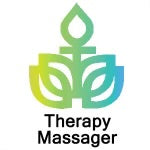

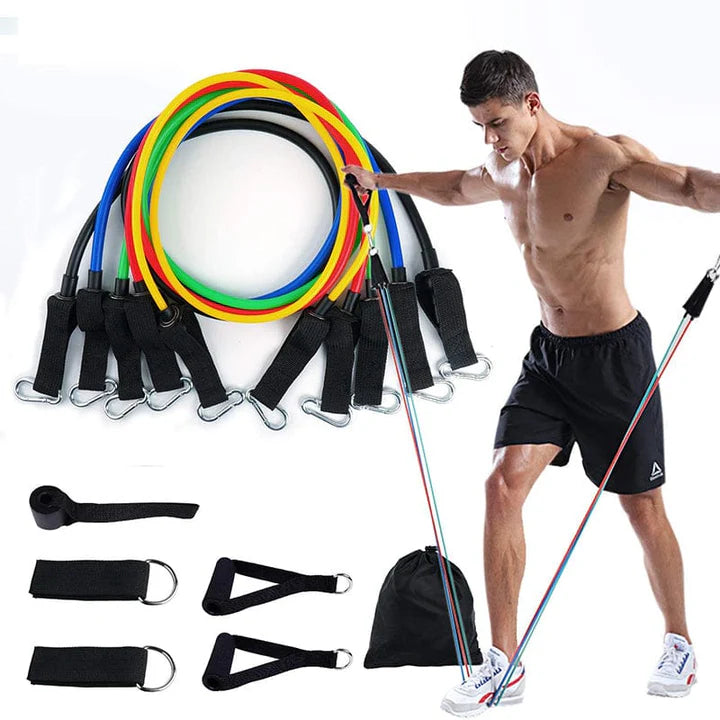
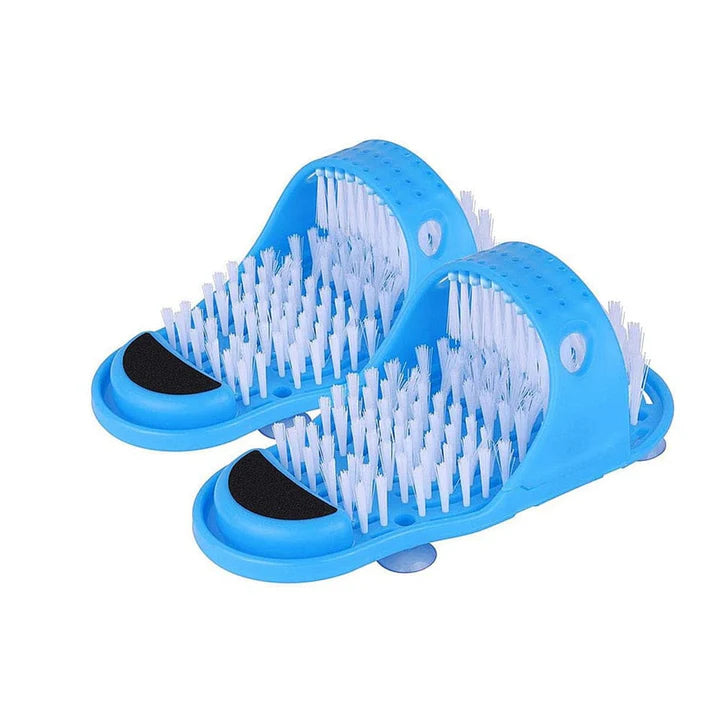
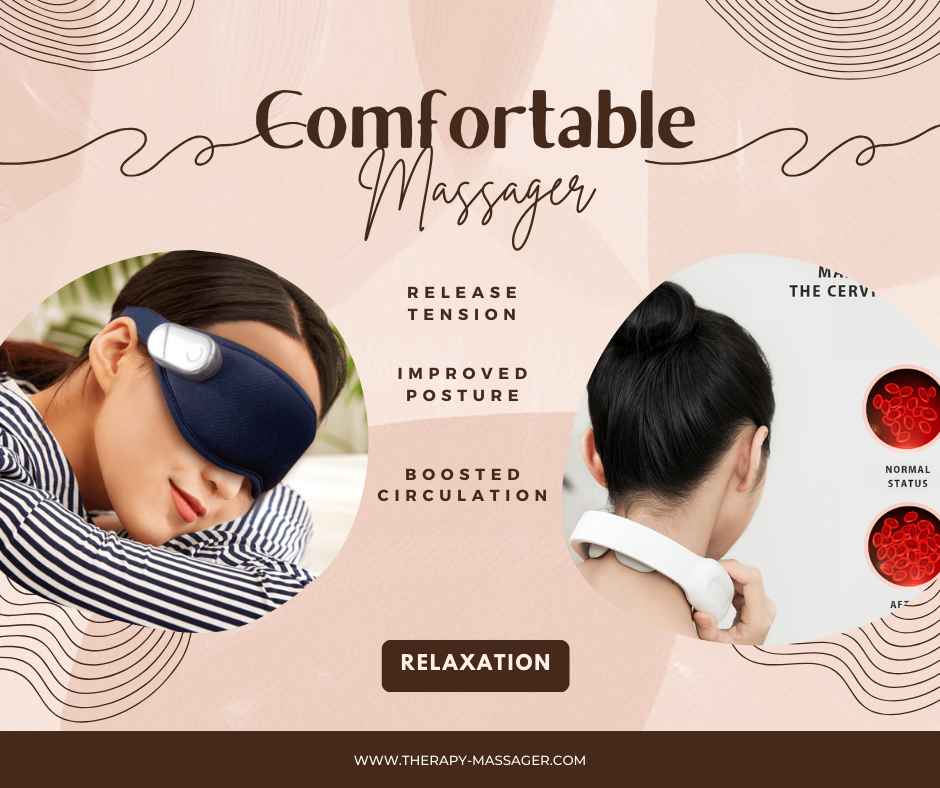

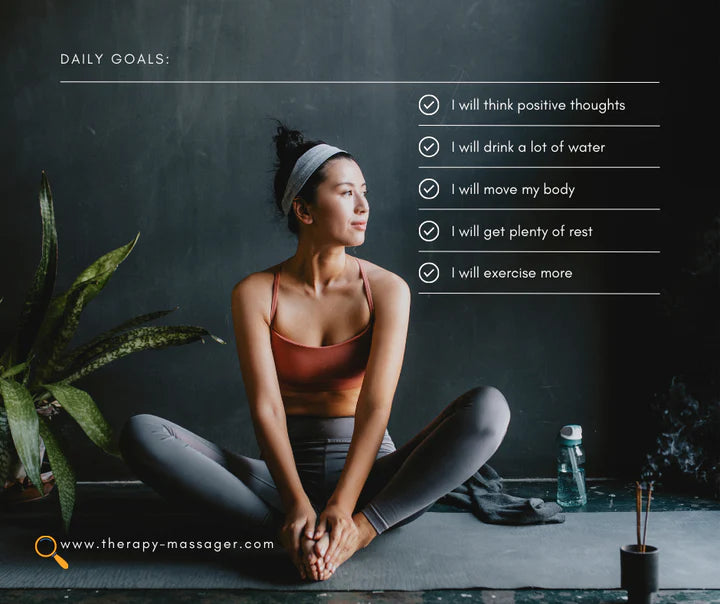
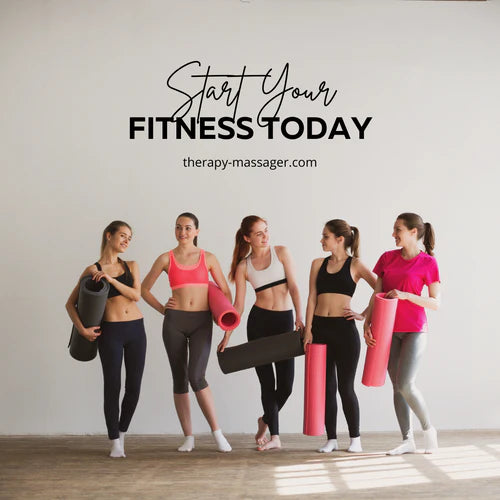


Leave a comment